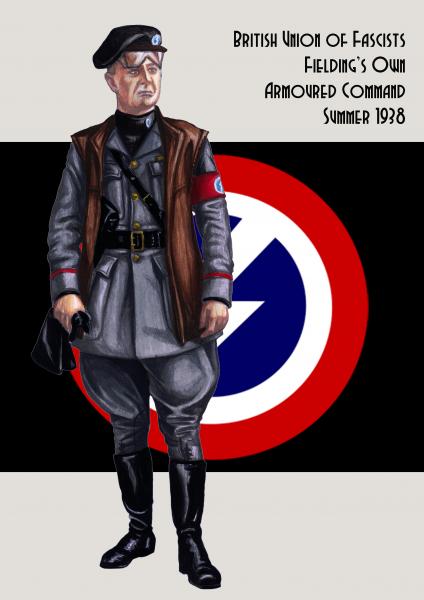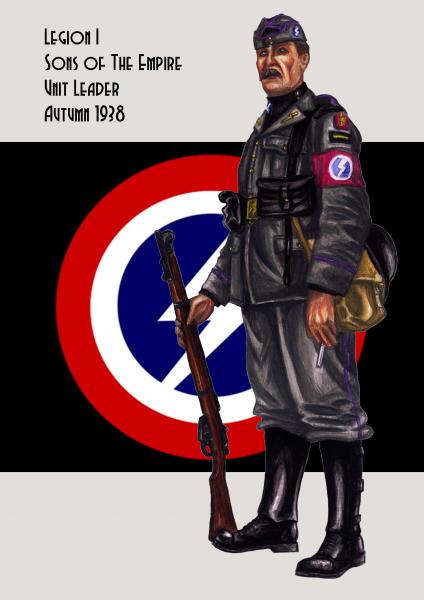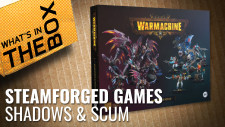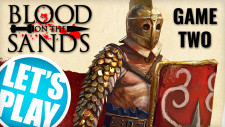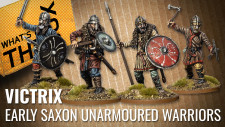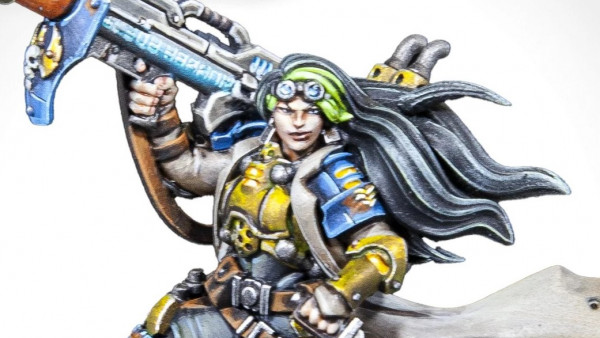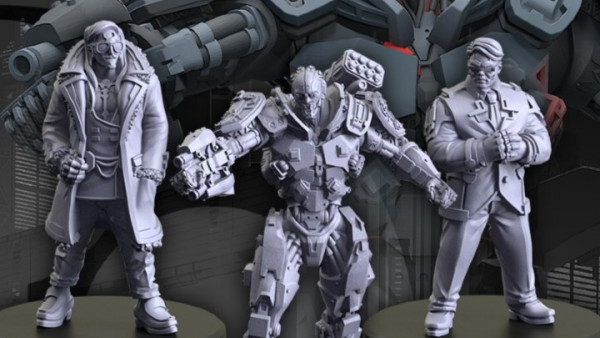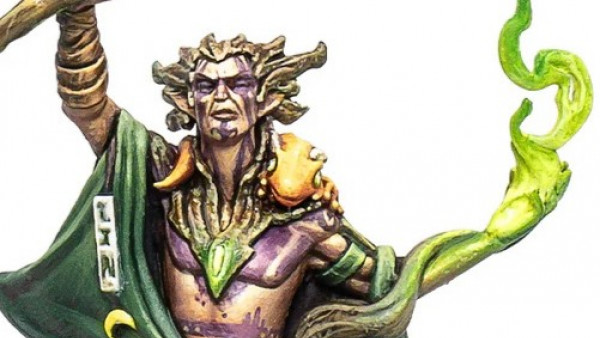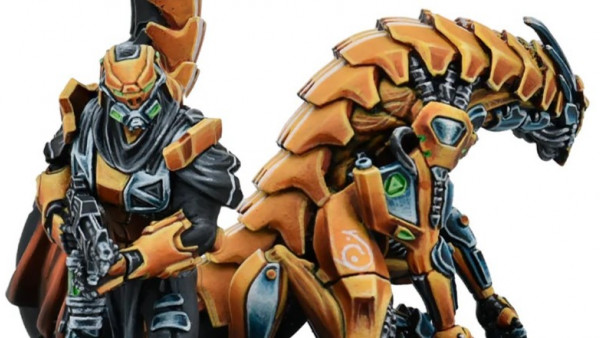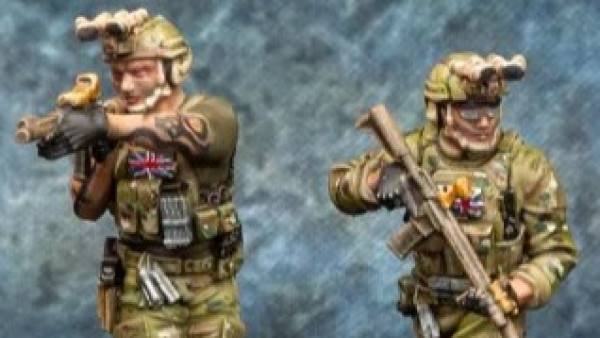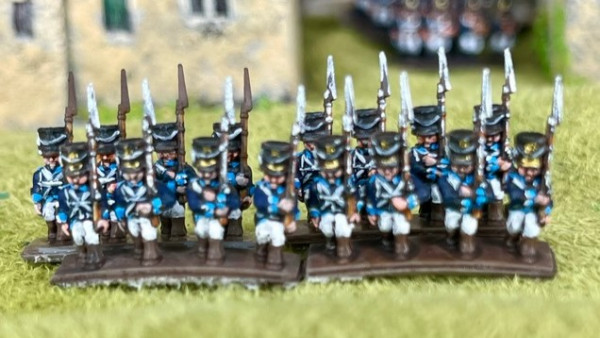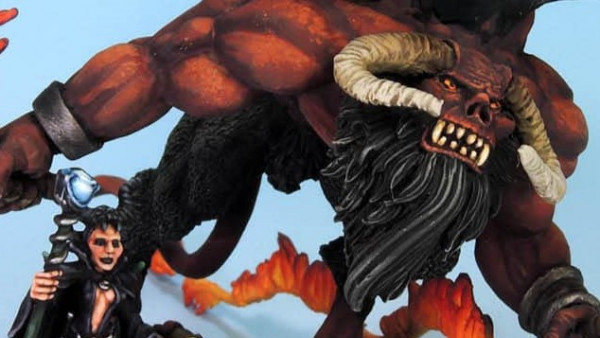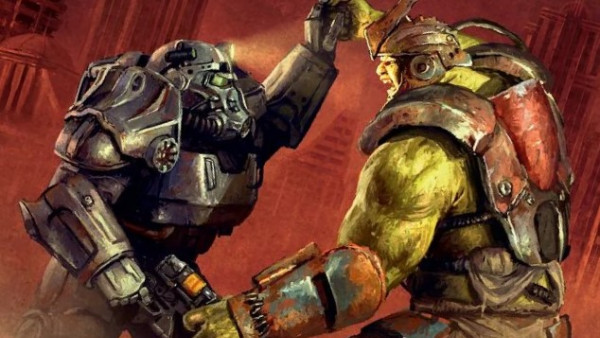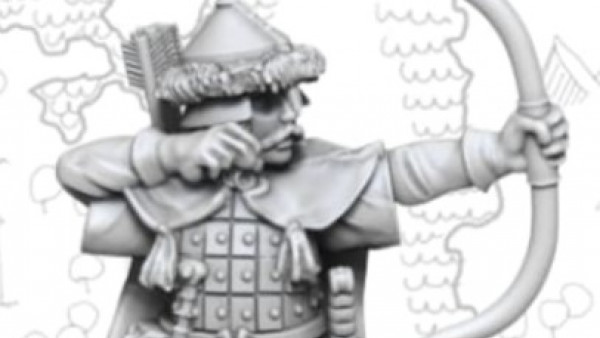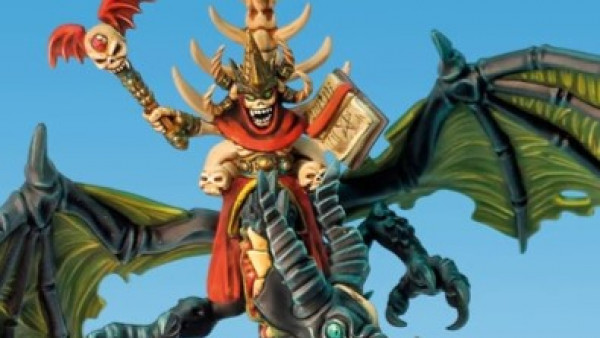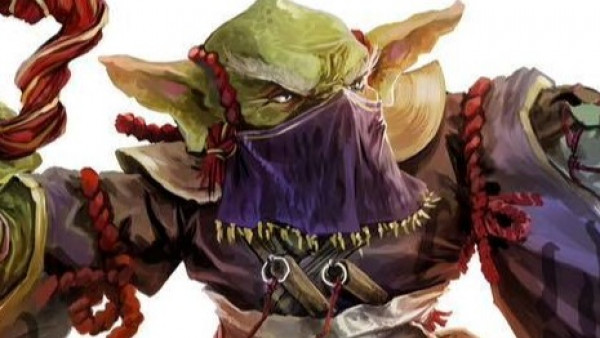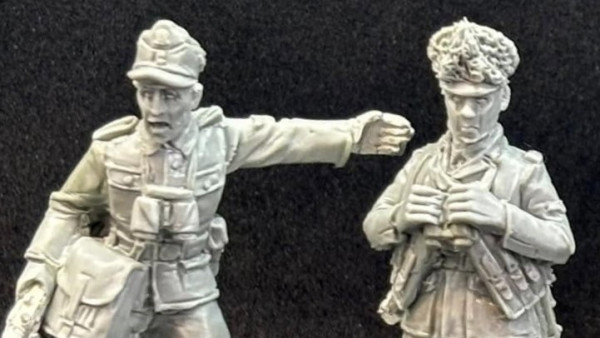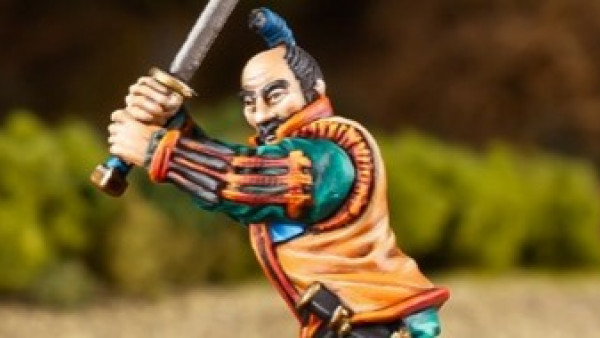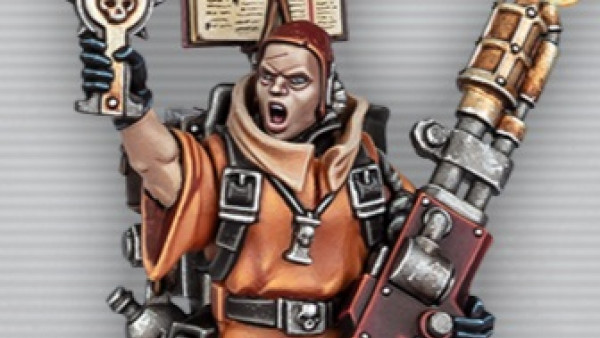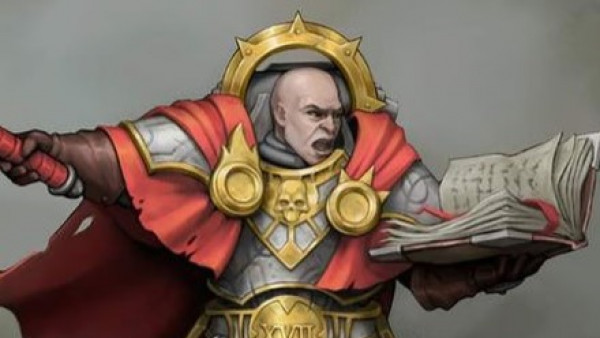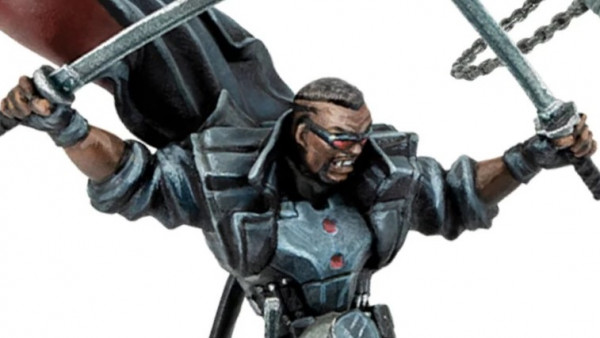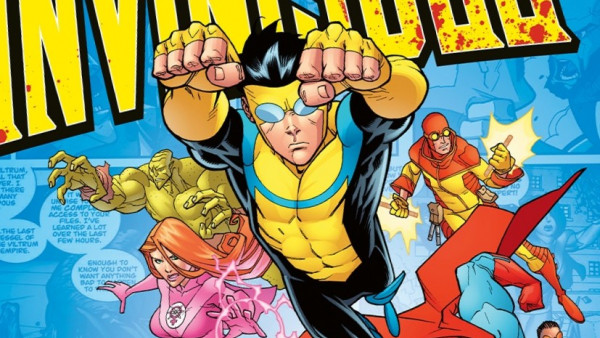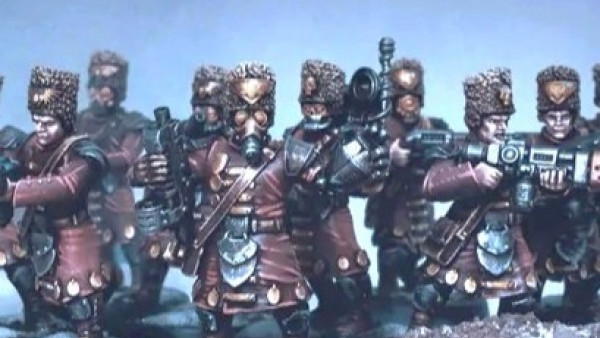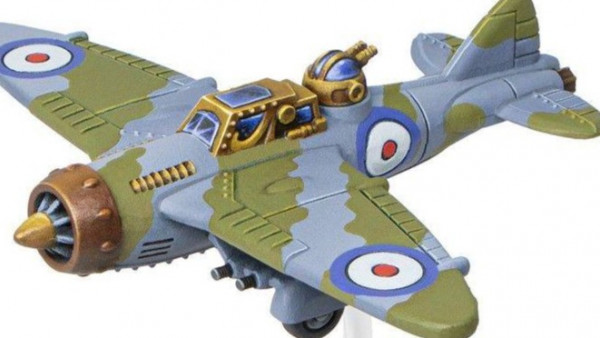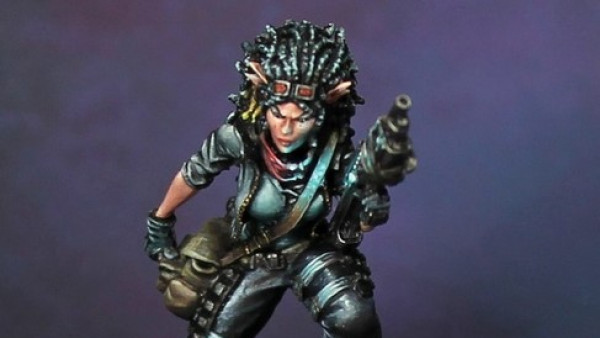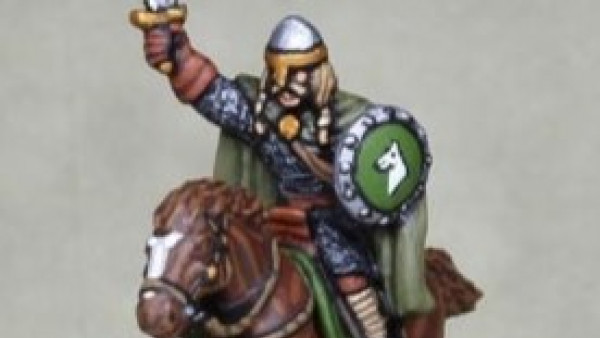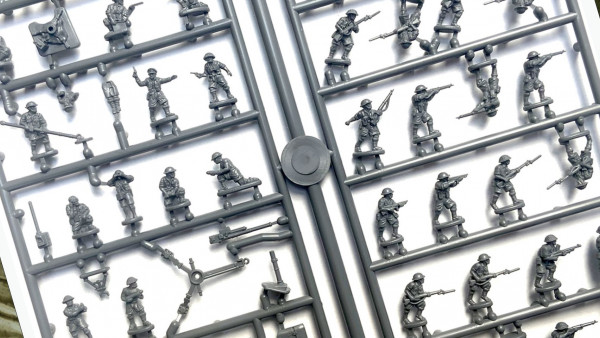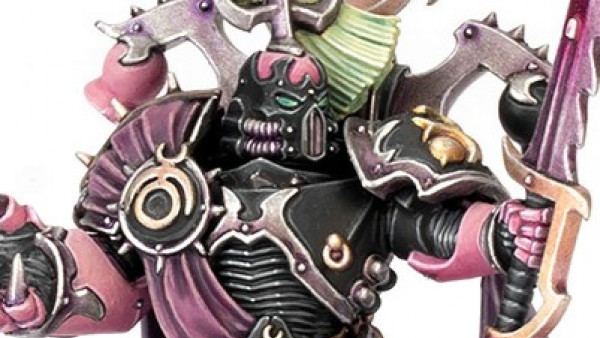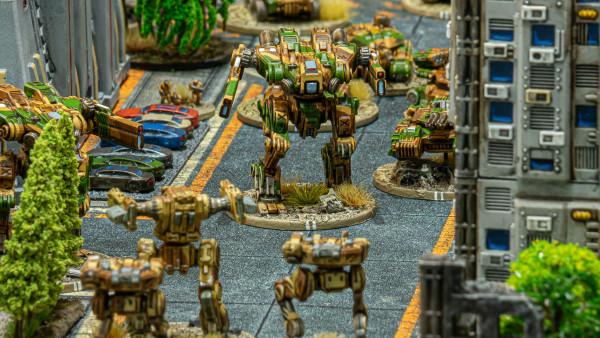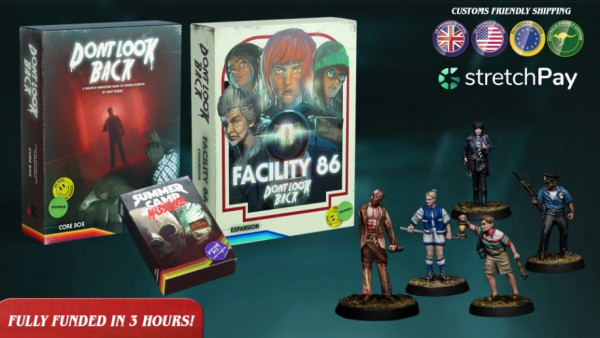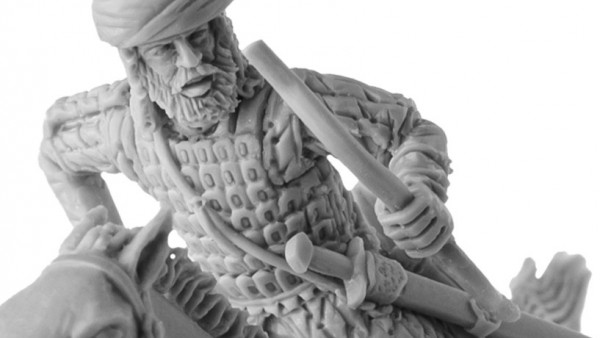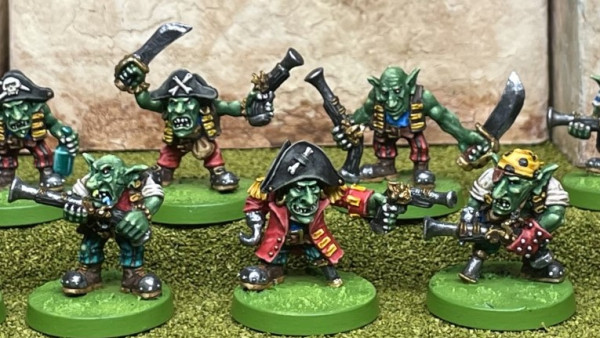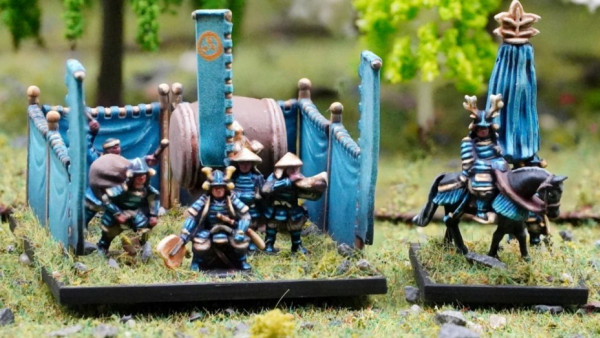Home › Forums › Painting in Tabletop Gaming › What Are You Painting Now? › Reply To: What Are You Painting Now?
Today on my continuing journey into the world of 1938 A Very British Civil War I bring you the first part of the Ring Wing and Reactionary Forces.
The British Union of Fascists Legions and Militias
The British Union of Fascists like its continental brethren in Italy and Spain has always been a militaristic organisation. The Party was able to formalise and arm this military while acting as part if the auxiliary constabulary. As the crisis deepened and the Regular army divided, this pretence was abandoned and the Fascist Legions were established.
The British Union of Fascists’ military wing was divided into two; the Legion organised and controlled by the Central Party and the militias or auxiliaries raised and run by the local branch parties. Whilst the Legion is brigade strength, the militias and auxiliaries rarely muster anything below company size and as such are often found in composite Royalist or Reactionary forces. The Legion also has separate squadrons of armoured cars, and is starting to form tank units to supplement those of the Regular army. This has been largely the work of Major-General A A Fielding, a former member of the Army General staff and architect of armoured tactics. The legion is the strike force of the Mosley Government and has been on the whole been used en masse in major campaigns against large rebel forces. Following the drive on Canterbury against the Anglican League, the Legion was reformed. Smaller formations have been sent out to support local offensives by local militias.
The Legion is well served with weapons and follows the army structure of sections, platoons, companies, etc, though name of these might be different. Its weakest arm is its artillery which it often relies on the Regular or Territorial formations to help with this. Learning from the German model, “Strom” or “Action” squads are sometimes trained, having a ratio of close fighting weapons and automatic weapons such as Thompson, Berretta and Bergmann submachine guns.
The local militias and auxiliaries are similar to most Local Defence Volunteers with a preponderance of rifles, hunting, civilian and military, some support weapons such as Lewis Guns and maybe the odd heavy machine gun.
Given its role as an assault column it is unsurprising that the Legion has plenty of road transport, much of it has been “re-directed” from old, defunct and replaced Regular units, some of which has been armoured in the usual way with anti-grenade cages and armoured plates. It can also boast several armoured or armoured car units exhibiting a mixture of army “acquired” items and foreign imports.
Uniforms
The Legion’s uniform is that of the British Union of Fascists, the Action Press uniform, from before the crisis and civil war. Black high collar tunics and trousers, with lapelled tunics, shirts, ties, riding breeches and boots for its offices, with a British Army style peaked hat or Italian inspired field service cap, also in black but some units has the uniform is grey. Silver buttons and cap decorations, bearing the British Union of Fascists thunder flash over the fasces are generally darkness but the cloth thunder flash badge is still worn above the elbow on the left sleeve or as a cloth armband.
Militia and Auxiliary uniforms show more variety, although black jerseys and the thunder flash armbands are very common. Amongst the better equipped militias and auxiliaries, the Legions’ uniform is copied although they might also be found wearing uniforms based on those of the Italian Squardristi or the German SA, betraying the predilection of the local leadership for a particular branch of fascism.
